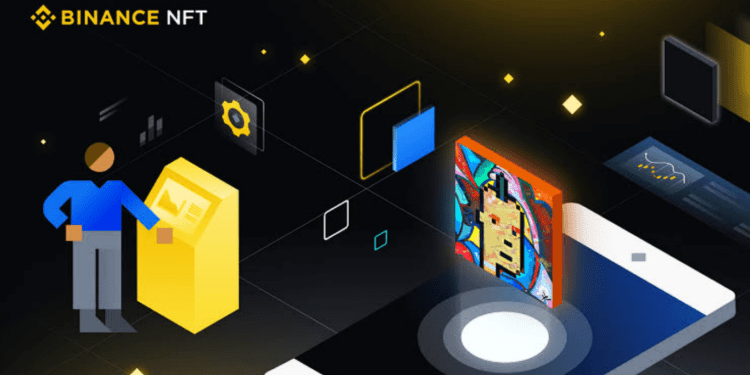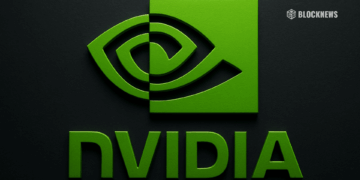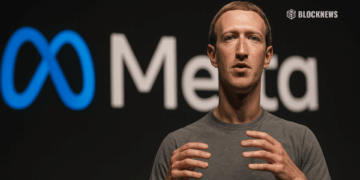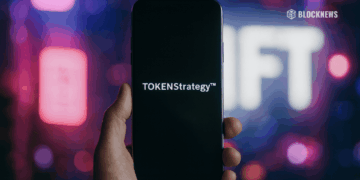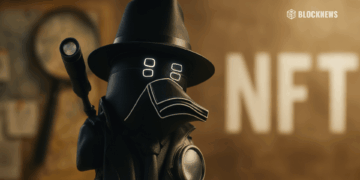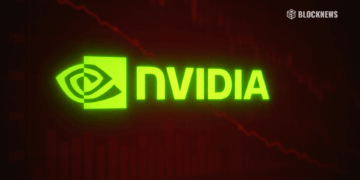In the limited beta, Bicasso was quickly transforming user-submitted profile photographs into works of digital art.
- On March 1, Binance released “Bicasso,” an AI-powered NFT generator that can instantly transform user-submitted profile photographs into digital art.
- Generative art, created through the use of an autonomous system, is a new archetype in the art world and can command high prices at auction.
AI-based NFT Generator –Bicasso
The newly released nonfungible token generator on Binance, which uses artificial intelligence to produce tokens, has started making digital artwork at full speed, surpassing its 10,000 NFT mint limit just 2.5 hours after its debut. The “Bicasso” AI-powered NF generator was released in beta on March 1 by Binance, the biggest cryptocurrency exchange in the world.
You can utilize AI to turn your original ideas into NFTs, Binance CEO Changpeng Zhao informed users. A few hours later, he added, “Bicasso’s first pilot just finished with 10K NFT minted in 2.5 hours. The AI had been a little anxious but had now calmed down.
The system is an AI-powered tool for creating images comparable to AI-art platforms like DALL-E. Users can either fill in creative suggestions to generate a custom image created using AI or upload an image, such as a profile photo, for the AI to work on.
A New Art Genre
These nonfungible tokens, often referred to as “AI-generative NFTs,” are gaining popularity among people interested in developing technologies like artificial intelligence, blockchain, the Metaverse, and the art community. Generative adversarial networks, or GANs, are generally used to produce AI-generative NFTs. These algorithms use computers to train models using data and create artificially intelligent visuals that resemble works of art.
The essential tenet of AI-generative NFT art, according to Claire Silver, “an AI-collaborative artist, is that art is produced in conjunction with some artificial intelligence, like GAN. Some tools require no code, and options require a lot of code. The latter I employ in my work. Working with an AI to make your ideas come to life is a unique experience that enhances creativity in a way that feels liberating and brings back a form of play you haven’t had since you were a child.”
Silver revealed that she uses an ” Eponym ” text-to-art generator to produce AI-generative NFTs. The Eponym tool, created by the AI-generated art business Art AI, enables users to make artwork based on their desired language and then mint these works straight to the largest NFT marketplace, OpenSea.
Mint Data Statistics
According to initial mint statistics, nine hundred nine owners created at least one NFT as a part of the limited beta. Since the photographs were used in the pilot, they cannot be purchased separately. On Crypto Twitter, users were eager to share their inventions.
Due to high demand, there were a few glitches after the pilot launch, which Binance acknowledged and stated: “Our team is actively trying to strengthen the server abilities to eliminate errors and to make the minting process smoother.”
It also stated that anybody who didn’t make the 10K beta quota could still join the waitlist for the final version. According to the platform, “Bicasso AI#10445” was the most recently created NFT at the time of writing.
In art, generative art is a brand-new archetype entirely or partially produced by an autonomous system. Taylor Hobbs’ “Fidenza #724”, an NFT made using a computer algorithm, was sold at auction on February 28 by renowned auction house Christie’s for $440,000. All 10,000 Bored Ape Yacht Club NFTs were turned into artificially intelligent works of art in August.


